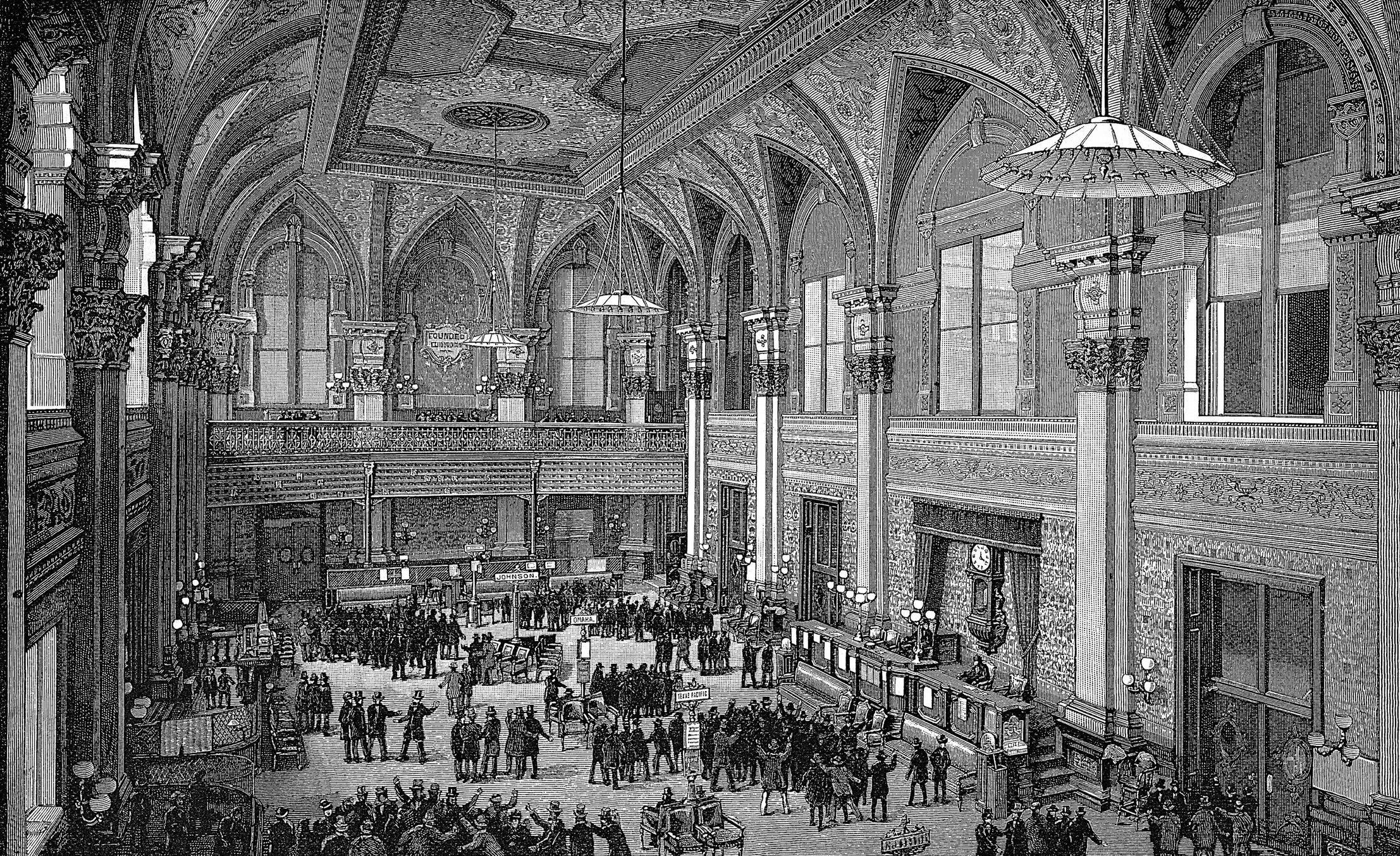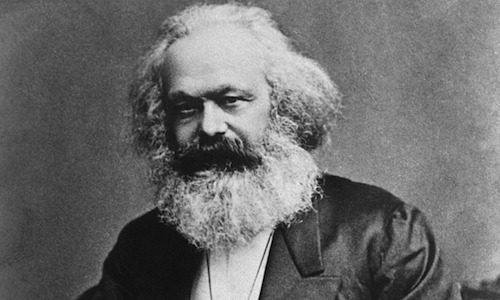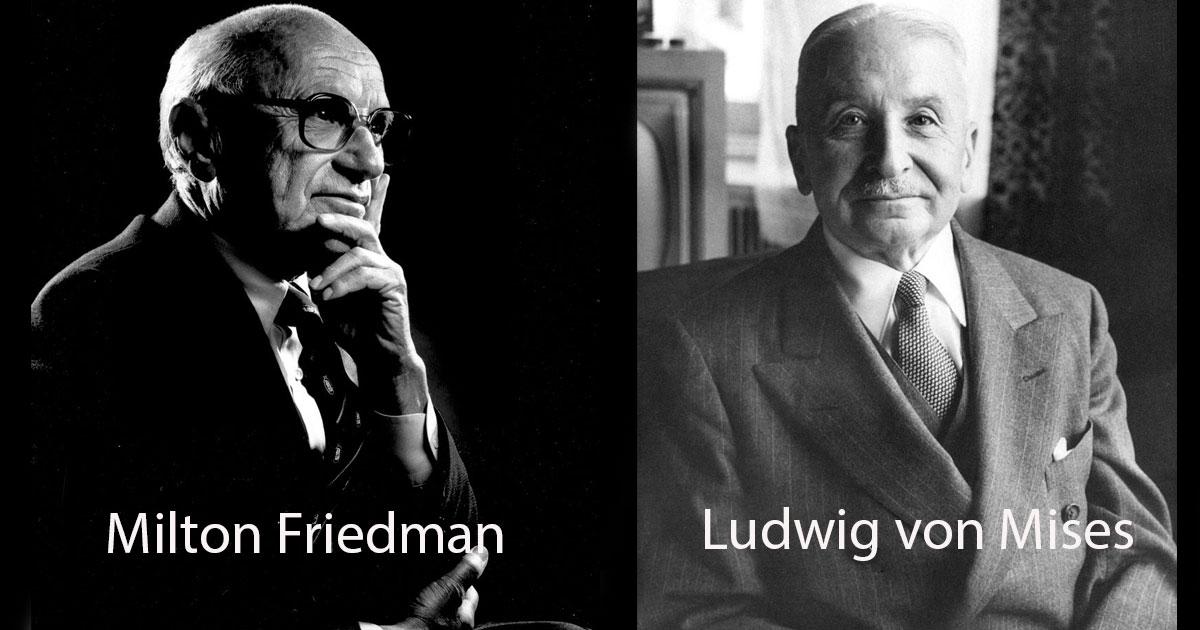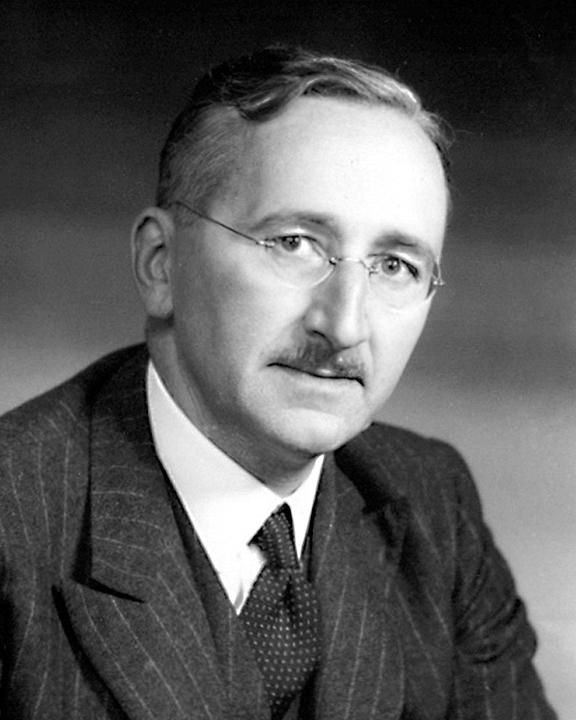
How did the market economy come to exist in today’s society? What was life like before modern markets emerged? What sort of economic models existed, and how did they differ from today’s? To answer these questions, we have to look into the past, when the medieval era transitioned into early modern times, and learn about the changes that led to our current economic system.
The 18th century – Adam Smith

Adam Smith was a Scottish economist, philosopher, and author who opposed mercantilism and defended laissez-faire economics. As Smith noted in his first book, The Theory of Moral Sentiments, free markets regulate themselves using competition, supply and demand, and self-interest.
Among Smith’s innovations is his theory of pay differentials, which states that dangerous or undesirable jobs tend to pay higher wages in order to attract employees. Smith’s most well-known work in economics is his 1776 book entitled The Wealth of Nations.
Smith was also an important figure in establishing sociology as a discipline. In his two most widely read books, The Theory of Moral Sentiments and An Inquiry into the Nature and Causes of The Wealth of Nations, Smith developed theories about social systems, morality, ethics, immigration, colonialism and mercantilism. These works have been widely translated into English and are staples on college campuses throughout North America.
Smith’s legacy has been tarnished by ongoing accusations that his theories supported laissez-faire capitalism to such an extent that he opposed government regulation over industry during England’s Industrial Revolution. This is untrue; Smith advocated for universal education as well as government regulation over certain areas such as food safety and quality.
The 19th century – Karl Marx and Lassalle

In 1867, Karl Marx published Das Kapital, which would become one of the most influential economic treatises of all time. In it, Marx laid out his theory of how a market economy worked. He believed that currency, supply and demand, and producers and consumers were all interconnected. He also believed that the market economy was constantly evolving and that it would eventually lead to a communist society.

A year after Marx published Das Kapital, Karl Lassalle published his work on market economies, The Natural System of Economic Law. He believed that capitalism was a just and efficient economic system, one that used its currency to help distribute goods in a way that benefited everyone. However, he also warned against any change in the economic systems too quickly because this could disrupt the balance between producers and consumers.
The 20th century – Mises, Hayek, Friedman

The 20th century saw the rise of some of the most influential economists in history. Ludwig von Mises, Friedrich Hayek, and Milton Friedman all had major impact on the development of market economies. Mises was a strong advocate for laissez faire capitalism, while Hayek argued that government intervention in the economy should be limited. Friedman was a proponent of monetarism, which is the theory that money supply is the main driver of economic growth. All three economists had a major impact on market economies around the world.
Although all three made their impact in different ways, it’s interesting to note that Mises and Hayek disagreed on many things and disliked each other for a number of reasons. For instance, Mises believed in peace-time deflationary recessions while Hayek did not. One point where they agreed, however, was on price controls. Both men argued that price controls are detrimental to a market economy as they distort prices and cause shortages.

The 20th century saw other market economy giants, such as Milton Friedman and Paul Samuelson. However, it was more than just a time period dominated by great thinkers – it was also a time period in which people began to understand economics better. It’s often said that if we take away one person from history, we lose a little bit of our world; taking away all three wouldn’t just result in our loss – it would be catastrophic.
Historical Resistance to Market Forces
Historical shifts in free-market practices are typically met with strong opposition from influential elite. An example is the market tendency toward specialization and labor division, which went against the then-existing caste system in feudal Europe. Related to this, a revolt against the manufacturing sector and factory work has origins in guildsmen that were politically connected. The Luddites protested between 1811 and 1817. Private ownership of the means of production should be taken away by the state, in Marx’s view.
Throughout history, central planning and authoritative regimes have struggled to sustain a true free market economy. These days, it is often referred to as capitalism vs. socialism. Despite technical differences in the interpretation of these words, both can be interpreted as current manifestations of a long-standing conflict between markets and government control. Though some economists have divergent views on this, most agree that market economies are more efficient and productive than centralized planning. Nevertheless, there is still a large amount of disagreement about how the government should get involved in economic decisions.